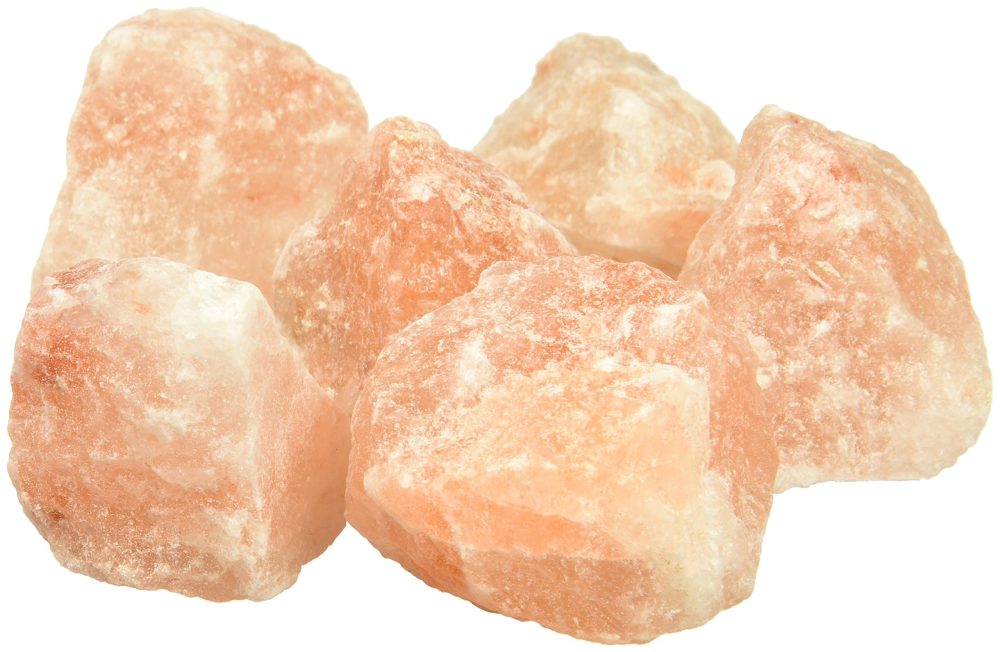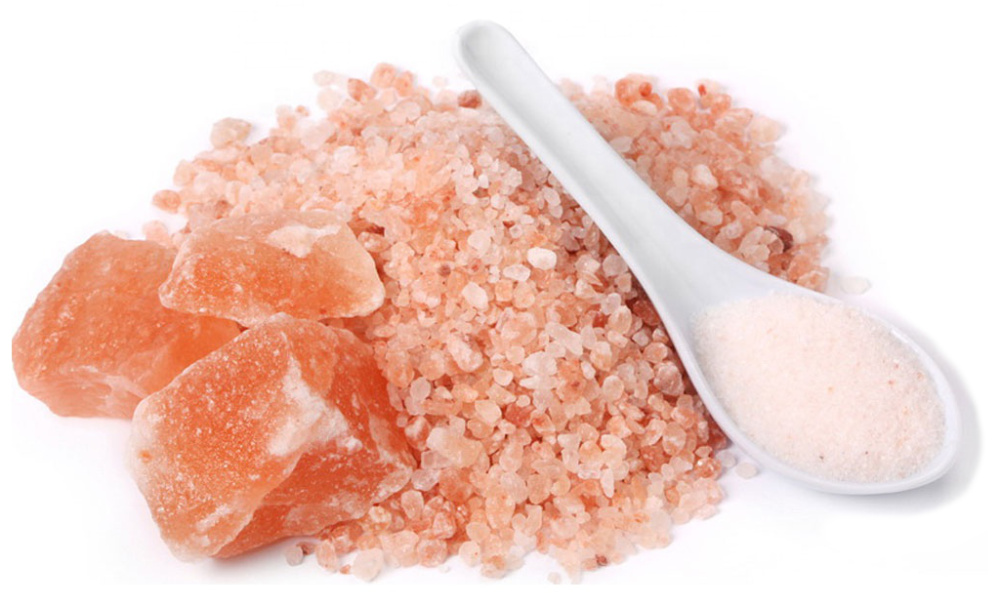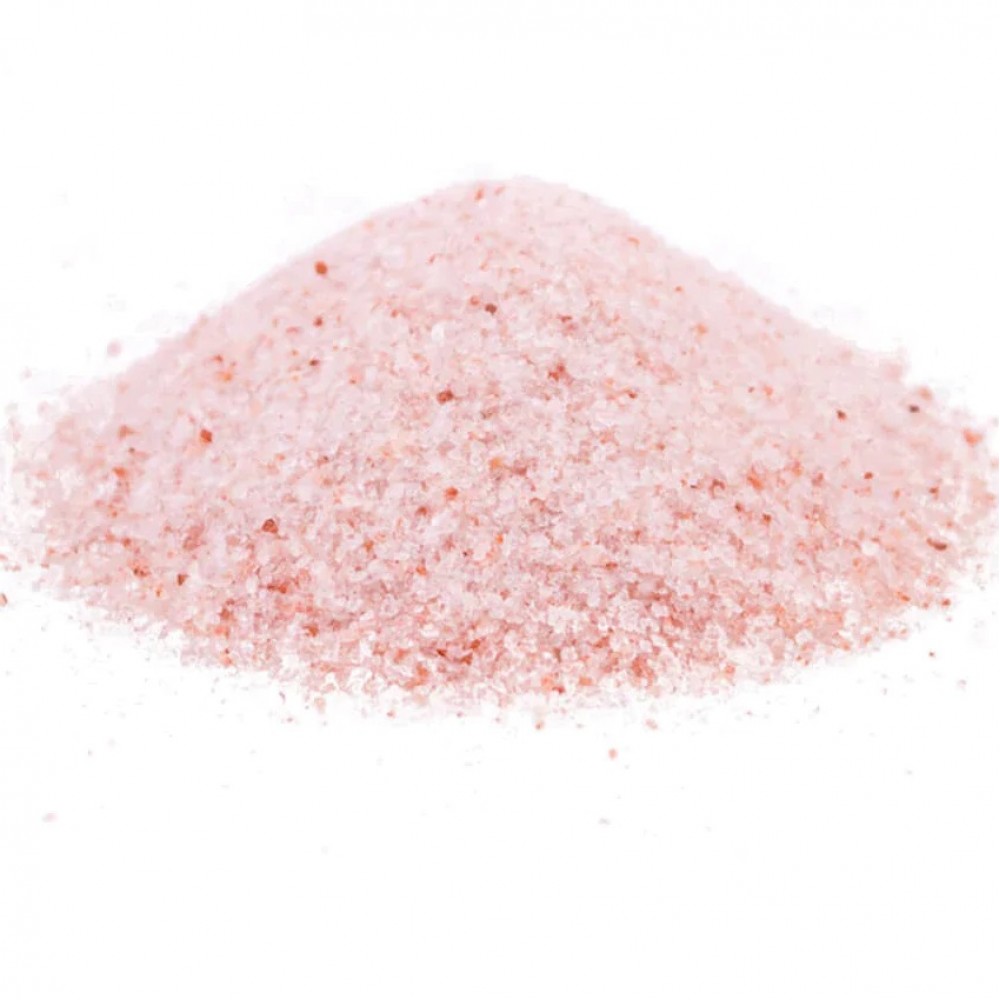MAKING OF HIMAL KIMCHI
Core Element – Gift from Ancient
The key elements of Kimchi is “salt”. It is the core ingredient to start the Kimchi making process. And Himal Kimchi prefers to use the local regional materials where we are making our products, in Kathmandu, using materials arriving from Himalayan region.



Himalayan pink salt is a natural mineral salt extracted from the ancient Khewra Salt Mine in Pakistan, located near the foothills of the Himalayas. Formed over 250 million years ago from the evaporation of ancient seabeds, it is valued for its purity, color variations from light pink to deep rose, and trace mineral content. Unlike refined table salt, Himalayan pink salt is minimally processed and free from additives.
Composition and Nutrient Profile
Himalayan pink salt contains about 97–99% sodium chloride, along with trace amounts of over 80 minerals that give it its pink hue. While these minerals exist in very small quantities, they contribute to the salt’s unique flavor and visual appeal.
| Nutrient (per 1 gram) | Approx. Amount | Function / Benefit |
|---|---|---|
| Sodium (Na) | 368 mg | Regulates fluid balance and nerve function |
| Chloride (Cl) | 590 mg | Supports digestion and maintains pH balance |
| Potassium (K) | 0.1 mg | Aids muscle and nerve function |
| Calcium (Ca) | 1.6 mg | Supports bone health and muscle activity |
| Magnesium (Mg) | 1.1 mg | Helps enzyme and energy metabolism |
| Iron (Fe) | 0.036 mg | Contributes to red blood cell production |
| Zinc (Zn) | Trace | Supports immune function |
Health Benefits
- Electrolyte Balance:
The sodium and potassium in Himalayan salt help maintain hydration and regulate fluid balance in the body. - Improved Digestion:
When dissolved in warm water, it may stimulate digestive enzymes and support nutrient absorption. - Respiratory Relief:
Salt therapy (halotherapy) using Himalayan salt lamps or inhalers is believed to ease symptoms of asthma, allergies, and congestion, though scientific evidence remains limited. - Detoxification and Relaxation:
Bathing with Himalayan salt may help relax muscles, promote circulation, and soothe skin irritation. - Reduced Chemical Intake:
Unlike refined table salt, it is free from bleaching agents and anti-caking chemicals.
Cautions
While Himalayan pink salt contains trace minerals, the quantities are too small to offer major nutritional advantages over table salt. Excessive intake of any salt can raise blood pressure and increase the risk of heart disease. Moderation is essential for optimal health.
Conclusion
Himalayan pink salt is valued for its natural purity, aesthetic appeal, and minor mineral content. Although not significantly healthier than regular salt, it remains a popular choice for those seeking natural alternatives in both culinary and wellness applications.